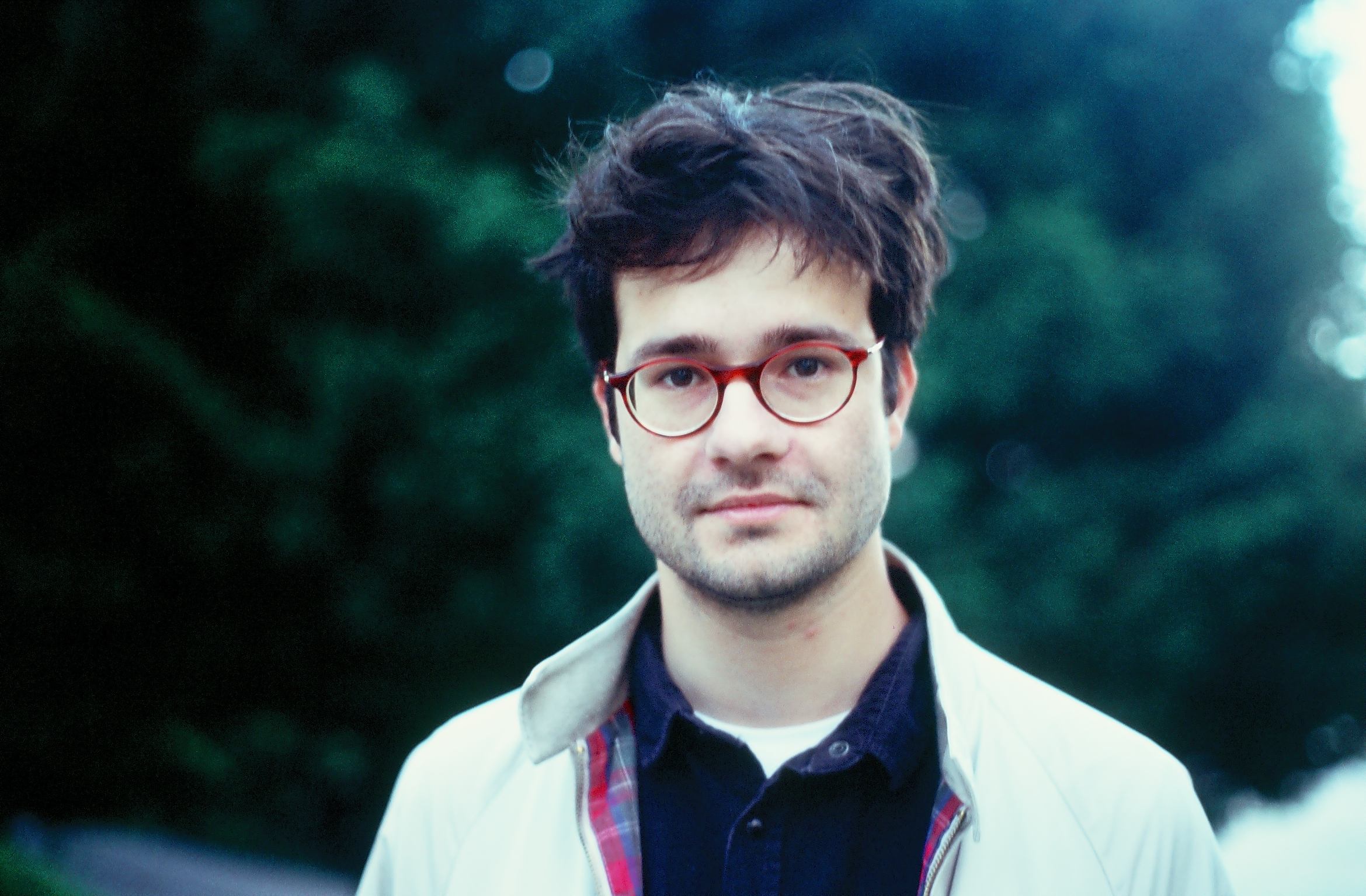
With PÖFF celebrating Germany as its Country in Focus for 2020, PÖFF Shorts will be screening Next Generation Short Tiger, a selection of new fiction, animation and documentaries from some of the best and brightest talents coming out of Germany.
In the lead up to the screen, PÖFF Shorts will conduct interviews with some of the filmmakers whose films you will see in order to discover more about them and their films

Where We Used To Swim is a stark and moving essay film in which director Daniel Asadi Faezi focuses upon Lake Urmia in Northern Iran. Once the largest lake in the Middle East, now just 5% of the original lake remains.
As archive footage blends with contemporary explorations, the film deals not only with the environmental changes within a society but also the social and political aspects that echo these changes. A reflection on identity and memory, the past and the present and an evocation of a society that is trying to reconcile these states of being, Where We Used To Swim is a moving and beautiful piece of work
Director Daniel Asadi Faezi is based in Munich and studied in the Documentary Department of HFF Munich and at the National College of Arts Lahore. He recently graduated film school with his first feature length film that is soon to be completed. Besides directing, he works as a producer for documentary and experimental films.
Why did the idea to make a film about Lake Urmia come from?
My father is from that area of Iran. When I was a kid and we went on family visits to Iran, we used to go to the lake and swim there. When I came back to the lake in 2018 I was struck. The scenery has changed so much and its appeal of beauty, yet dried out, had a strange fascination which I wanted to capture.
How did you make the film practically? How many days of shooting were there to get the footage you wanted and where did you find the archive material?
From the beginning on it was quite clear to me to tell the story in a very conceptual way, to leave out interviews or direct cinema observations. Visually, my aim was to frame dystopian postcards: wide, static and slow.
I was shooting the film on my own. It took me around 5 days to capture what I wanted.
The layer of the poem, the song and the archival footage came into the narration during the process of editing. In close collaboration with Narges Kalhor (editing) and Dariush Gigloo (Narration) we were constantly approaching and questioning the impact of the images.
It was quite clear to us, that we would have to put the images within certain frames of the narration and we found that in quotes of music, poetry and the element of melancholy.
I wanted to deconstruct the term of “nostalgia” by slowing down the found footage shot of the people swimming in the lake back in the days and reversing the sound of water in the sound design layer.
What will you be working on next?
Right now I am completing my thesis film which will hopefully premiere in 2021. Parallel to that I am developing my debut film which I want to get financed by the end of next year.
You can find more information about the Next Generation Short Tiger at PÖFF Shorts webpage
Tickets can be bought from piletilevi